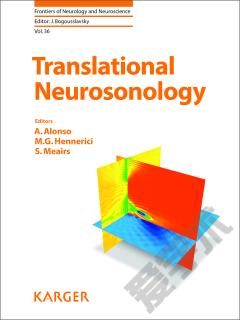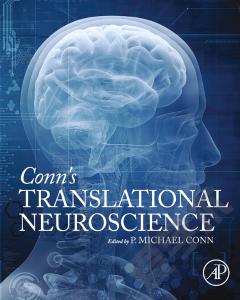Translational Neurosonology
Diagnostic ultrasound has become an elementary tool for evaluating cerebrovascular diseases and plays a prominent role in routine clinical practice. Many publications attempt to cover the continuous progress of its diagnostic and even therapeutic applications. However, the impact ultrasound has made in recent years in the fields of animal studies and human research is less well known. This publication provides an overview on exciting current attempts in neurological diseases, ranging from experimental approaches to established imaging modes ready to be incorporated into the routine of daily practice. The first part of the book concentrates on basic principles of neurosonology and focuses on contrast imaging, specific ultrasound contrast agents and safety aspects. The following chapters deal with different vascular ultrasound applications, allowing an optimized characterization of atherosclerotic disease and monitoring of cerebral autoregulation. In addition, the role of parenchymal ultrasound imaging in cerebrovascular diseases and movement disorders is illustrated. The final chapters look at promising new therapeutic approaches implementing ultrasound although they are still no more than experimental. The book can be highly recommended to clinical neurologists with good knowledge in clinical ultrasound who wish to gain a compact and updated insight into the plethora of capabilities of neurosonology in the future.
{{comment.content}}








 京公网安备 11010802027623号
京公网安备 11010802027623号